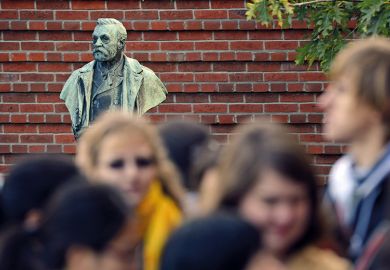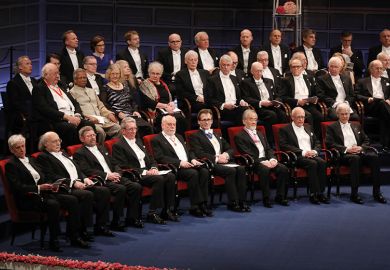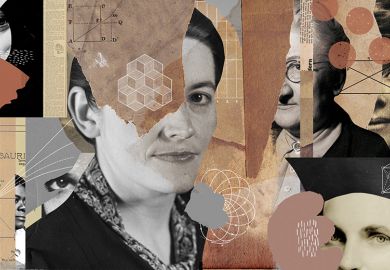Advancements in gravitational waves, microscopy and understanding of circadian rhythms have been honoured in this year’s series of Nobel prizes.
The Nobel Prize in Medicine was jointly awarded to three US biologists for their work unveiling the mysteries of the human biological clock. Jeffrey C. Hall, Michael Rosbash and Michael W. Young received the prestigious prize for research detailing “discoveries of molecular mechanisms controlling the circadian rhythm”, which is fundamental to human life. Professor Hall and Professor Rosbash are researchers at Brandeis University and Professor Young comes from The Rockefeller University.
The Nobel Prize in Physics is split this year: Rainer Weiss, a professor of physics at the Massachusetts Institute of Technology, was awarded one half of the SKr9 million award (£825,000), and Kip Thorne and Barry Barish, both from the California Institute of Technology, took the other half.
All three played a key role in their work on the Laser Interferometer Gravitational-Wave Observatory (LIGO), which made the first historic observation in September 2015 of gravitational waves, predicted by Albert Einstein 100 years ago.
This year’s Nobel Prize in Chemistry commended a group of scientists for a new type of microscopy that makes it possible to see the structure of biomolecules and create three-dimensional images of living things at an atomic level.
Richard Henderson, programme leader at the MRC Laboratory of Molecular Biology at the University of Cambridge, Joachim Frank, from Columbia University, and Jacques Dubochet, honorary professor at the University of Lausanne, managed to cool water rapidly enough so that biological material retained its shape under the vacuum of an electron microscope.
Finally, the Royal Swedish Academy of Sciences announced Richard Thaler as this year’s winner of the Economics prize – which is awarded separately from the other Nobel prizes.
Professor Thaler, professor of behavioural sciences and economics at the University of Chicago, is honoured for his research exploring the consequences of “limited rationality, social preferences, and lack of self-control” – human traits that are found to affect decisions both on an individual level and in wider market outcomes.
The Nobel prize has attracted criticism in recent years for a perceived bias against women, particularly in science.
Since 1901, just 6 per cent of the winners in medicine have been female, 2.3 per cent in chemistry, 1.3 per cent in economics and as few as 1 per cent of women have taken home the prize in physics.
A Times Higher Education survey revealed that many of the existing Nobel laureates believed that the lack of female laureates reflected a bias in favour of men.
Responding to the survey, Peter Agre, who shared the Nobel Prize in Chemistry in 2003, agreed that the long list of overlooked women highlighted the “prejudice” and “short-sightedness” of previous Nobel panels.
Register to continue
Why register?
- Registration is free and only takes a moment
- Once registered, you can read 3 articles a month
- Sign up for our newsletter
Subscribe
Or subscribe for unlimited access to:
- Unlimited access to news, views, insights & reviews
- Digital editions
- Digital access to THE’s university and college rankings analysis
Already registered or a current subscriber?








